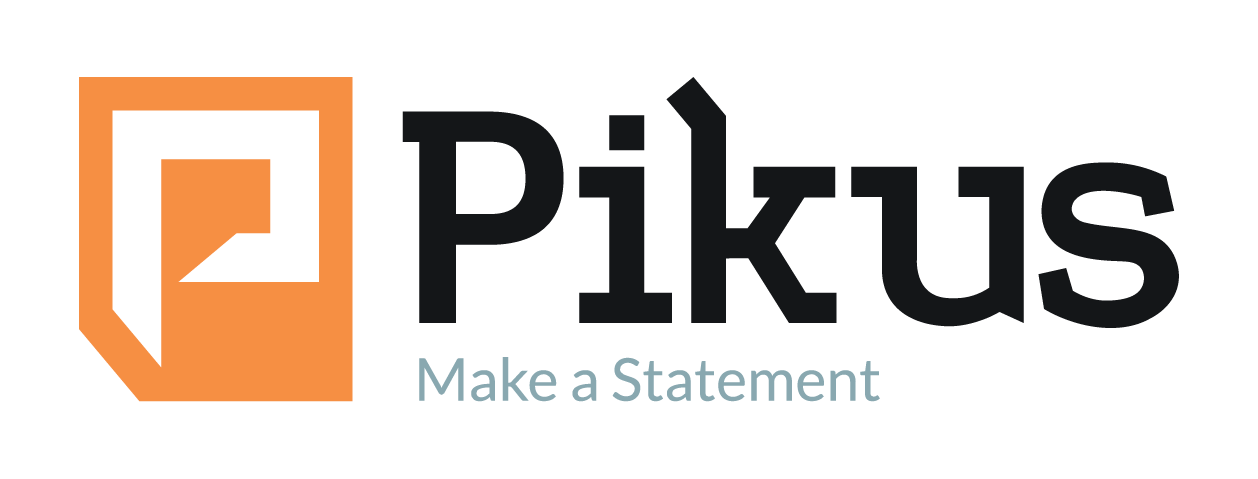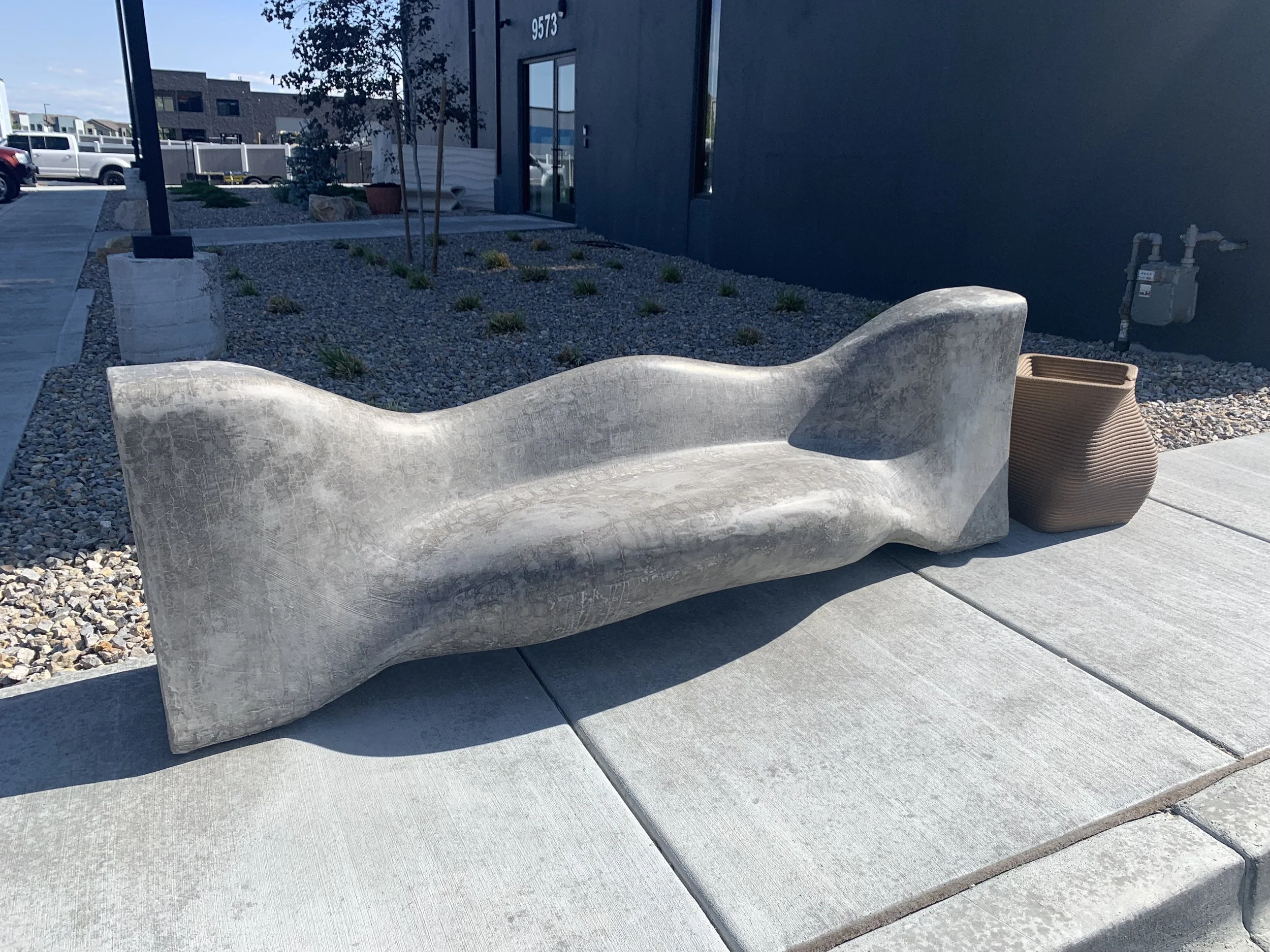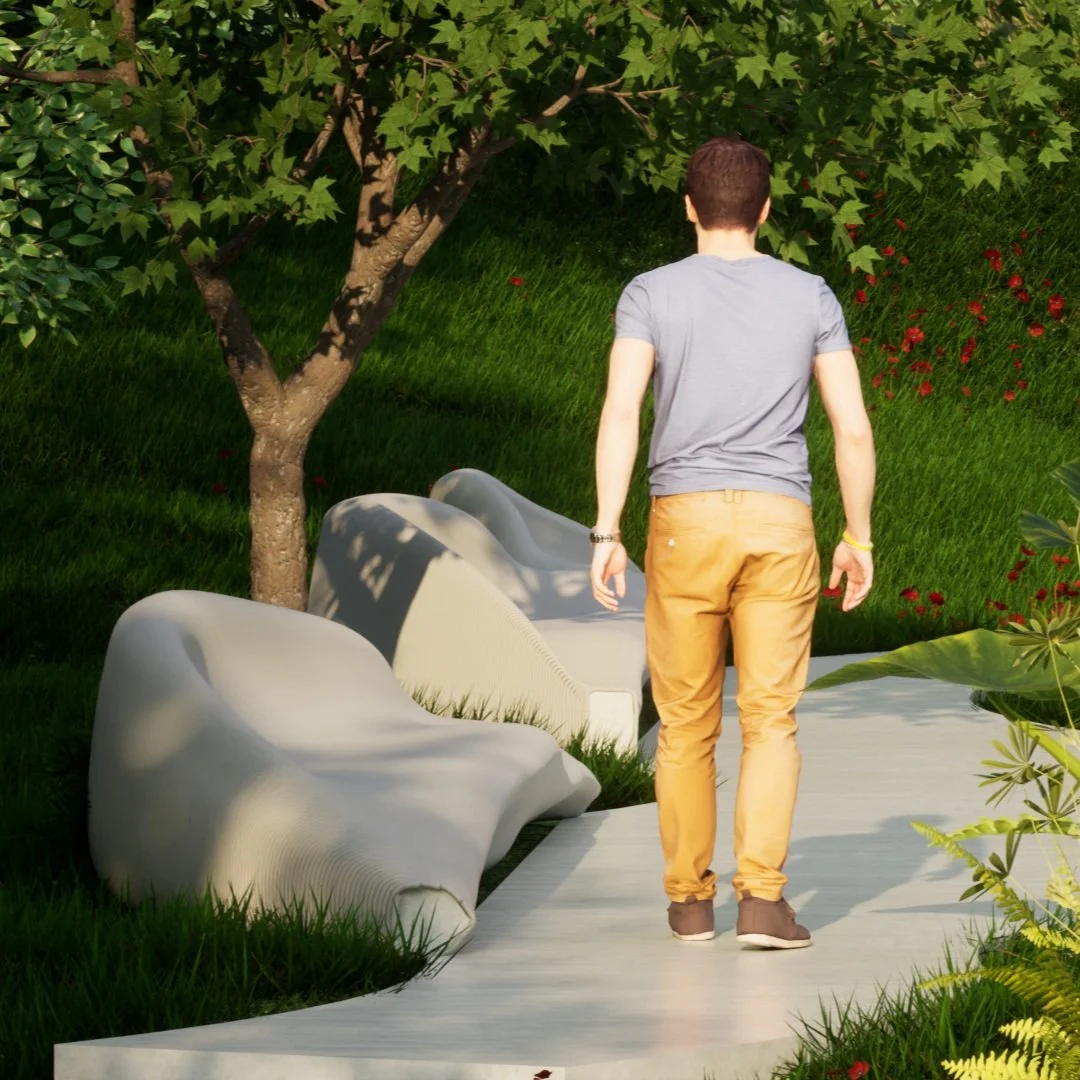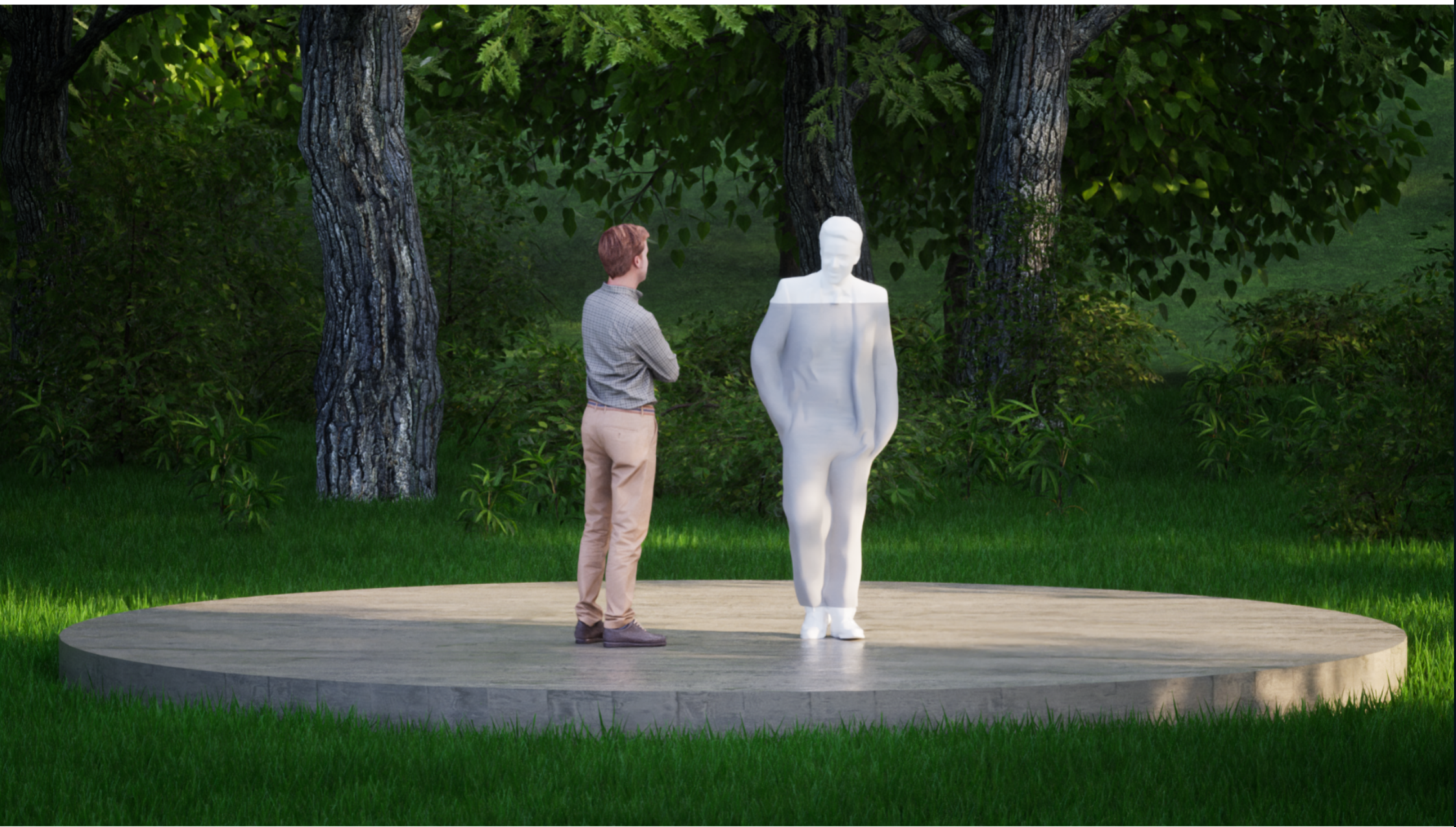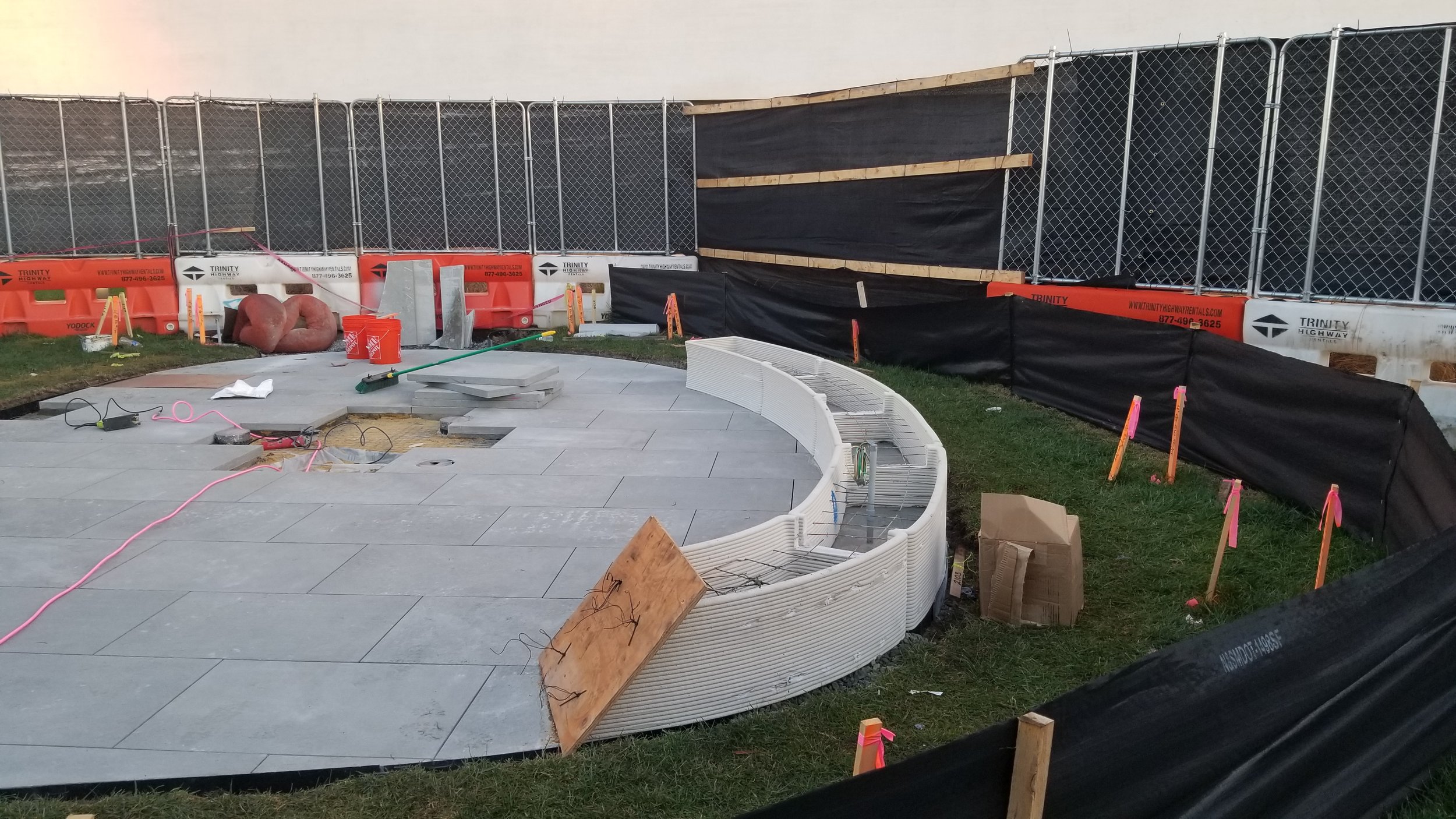
3D-PRINTED CONCRETE VS. CIP VS. PRECAST
The benefits and use cases of 3D-printed concrete when compared to traditional cast-in-place options.
A Detailed Comparison
When unique structures need to be created, there haven’t been many options. We have to use the same techniques that were used hundreds of years ago. These methods of fabrication are traditionally slow, clunky, wasteful, and expensive but there are not many great alternatives - that is unless you learn about 3D-printed concrete!
3D-concrete structures have begun to take the world by storm in the past twenty years. This fabrication method fills in the gaps where traditional concrete misses. You may be wondering exactly how 3D-printed concrete (3DPC) compares to CIP or precast construction. There is an ever-growing list of benefits. Here are some of the top reasons why architects, installers, and developers are turning to this fabrication method:
3D-PRINTING IS THE IDEAL
ALTERNATIVE
TO CAST-IN-PLACE
FABRICATION
Speedy:
The lead time for 3D printing averages around 7 weeks. This means your product can be completed and installed with all final details within less than 3 months, and even quicker on rush orders. The lead time for CIP can sometimes be over a year-long process with many bumps along the way.
Sleek:
Organic curves are easily achievable with 3DPC. Sleek and unique curvature has been traditionally difficult for traditional construction to achieve. No matter the location or the design, 3DPC can achieve the curves that you want without a hassle.
Because 3DPC uses no forming systems and is printed in a single location it provides a level of sustainability that traditional CIP just cannot achieve. The form-free nature of 3D-printed concrete utilizes fewer materials and the hollow nature of 3D prints ensures 85% less material usage. There is no wasted material because the print is self-supporting. Our material is also recyclable and easily repairable so it will create much less waste within our environments!
Sustainable:
3DPC is less susceptible to economic instability than CIP. This is because there is less reliance on human labor than in traditional fabrication. There are also fewer steps between the raw materials and the final product, resulting in lower costs in the long run! CIP is often greatly affected by labor costs and material costs and will far outpace the price of 3DPC as the economy changes.
Stable:
Supreme:
3D-printed concrete consistently outperforms standard concrete. It is highly weather-resistant, resulting in very little cracking or spalling over the lifetime of the print. The sorprivity and efflorescence that is traditionally seen in concrete structures in invisible on PikusPrinted structures. With 3DPC your beautiful creations will last much longer in their original condition than concrete ever has.
From easy feature integration to stable materials and long-lasting designs, there are a great many benefits to utilizing 3DPC in your projects. As the use of 3D printing spreads throughout the construction industry it is easy to see just why many developers, architects, and installers are turning towards this fabrication method. The benefits far outweigh the practical applications of CIP in most cases.
As you explore using 3DPC in your projects, it is important to recognize that it is a newer fabrication method than CIP. Though there is less long-term data out there, the products used at Pikus are highly researched and backed by scientific data and ongoing studies. To view the safety data behind Pikus’ 3D-printed concrete, click here or view our resources at the bottom of the page. If you have any further questions, contact us at create@pikus3d.com.
